Can You Hear Me?
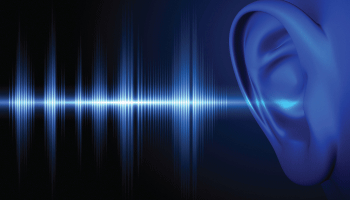
Tim Turney, at occupational hygiene and environmental expert Casella, shares expert advice on hearing protection in the workplace.
Noise-induced hearing loss (NIHL) is preventable but the effect is permanent, resulting in life-changing injuries that can seriously impair a worker’s quality of life.
Employees with hearing loss are also at risk of additional injuries should they struggle to hear alarms, moving vehicles, emergency broadcasts or other hazards.
The repercussions to the employer if they do not seriously consider the auditory welfare of their workforce can be significant – the HSE has very defined procedures to protect hearing and defined measures to impose penalties on those employers who fail to take the correct precautions. Those precautions range from monitoring and measuring noise, doing everything practicable to reduce noise, ensure there is no over-exposure when it is difficult to mitigate noise, supplying appropriate ear defenders – and conducting regular hearing monitoring. Most manufacturers will be aware of what is required – but they do have to continuously review their practices and assess if they can do better, particularly in the reduce noise category.
The level at which employers must provide hearing protection is 85 decibels dB(A) daily or weekly average exposure. However, at 80 dB(A), employers are legally obliged to asses the risk to workers and provide them with information and training.
Identifying workers most at risk
Any sound over 85 dB (A) can damage hearing, meaning the operation of concrete mixers, forklifts, jackhammers, nail guns and masonry drills all pose a permanent risk to worker health if effective control measures are not put in place on a building site.
A noise survey can help employers determine which employees are at risk.
The survey should list employees and their exposure, then compare their exposure to the maximum PEL. Hearing protection should be made available to employees exposed to noise dose levels above 85dB(A). The noise dose is based on the sound exposure level and duration, so for each increase of 5dB in noise levels, the duration of the exposure should be cut in half.
Monitoring
Noise monitoring provides accurate insights into the noise levels of a working environment so that businesses can identify at-risk employees and ensure they adhere to regulations. However, professionals undertaking the monitoring should be trained and prepared sufficiently with the right equipment as minor errors in noise level estimates can lead to major errors in exposure calculations.
Assessment tools
Two pieces of equipment that can be used for the assessment are the sound level meter, primarily designed as a hand-held device used by an operator; and the noise dosimeter, which a staff member wears for their working shift. A sound level meter is an ideal solution for measuring the overall noise level of a task, piece of machinery or area. On the other hand, dosimeters are best for personal noise measurements where it is difficult or unsafe to get close to employees with a sound-level meter. Dosimeters are smaller and body-mounted. For example, a dosimeter would be ideal for truck drivers exposed to many different noise levels and irregular working patterns.
If an assessment establishes that noise levels pose a risk to workers, hearing protection should be supplied immediately while other more permanent solutions are implemented.
A better approach to selecting hearing protection
When selecting hearing protection, the attenuation level is critical and noise levels at the ear must be reduced so that exposure is below 85dB(A) (or preferably below 80dB(A)). Making sure people wear the protector for the entirety of their shift is essential to ensure real-world protection. Employers can take a proactive approach to encourage all-day wear by considering comfort, communication, the environment, the individual, and the relationship with other personal protective equipment (PPE).
Comfort and fit
Removing PPE, even for short periods, has a significant effect on exposure. Therefore, it is crucial that hearing protection is comfortable to increase worker acceptance and support the likelihood of all-day wear. Employers should avoid a ‘one size fits all’ approach to hearing protection because the shape and size of the ear canal varies from person to person. A protector that fits well for one employee may overprotect some workers or be uncomfortable for others. It is best to have a suitable selection of hearing protection available so that employees can make a choice that best supports their individual needs.
The interaction of hearing protection with other PPE is also a significant factor. For example, an employee wearing prescription or safety glasses will not obtain an adequate fit from a standard earmuff, so plugs or semi-inserts may be more suitable. In working environments where hard hats are worn regularly, a hard hat with built-in hearing defenders should be considered. New technology is even allowing ‘fit tests’ of hearing protection, giving confidence that the PPE is being worn correctly and the correct attenuation is attained.
Wellbeing
Communication can be a major issue with PPE because the process of reducing sound, known as attenuation, can pose risks to worker health. If a protector with too little attenuation is used, then employees will not receive enough protection. However, too much noise reduction can create feelings of isolation, and an employee may need to remove their PPE to communicate. In addition, over-attenuation can cut out safety warnings such as fire alarms or sirens from reversing vehicles, resulting in further risks to workers. As a rule of thumb, businesses can avoid over-protecting workers by ensuring the level of exposure is not reduced to a level below 75dB(A).
Considering the individual and the environment
A business’s unique working environment also impacts the best protector choice. For example, in dusty workplaces, it is crucial to keep the hands clean when inserting protective plugs to avoid ear infections. It is also advisable to consider the individual and ascertain any history of ear problems such as irritation or earache, as earmuffs that fit over the outer ear may be preferable to avoid medical complications.
Casella
Casella is dedicated to reducing occupational health and environmental risks and supporting businesses in solving their monitoring and analysis needs. For more information about Casella’s noise monitoring solutions – Click Here
Tim Turney, global marketing manager at Casella
Tim Turney graduated as an engineer from Queen Mary and Westfield in London. Since starting at Casella in 1998, he has been involved in the acoustics and air sampling industry, specialising in measurement and instrumentation technologies.
Picture: It is essential that employers protect the hearing of the people who work for them.
Article written by Cathryn Ellis
05th September 2022


.jpg)
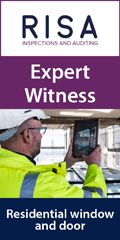
.jpg)
.gif)

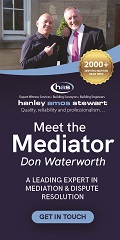

.gif)

.jpg)


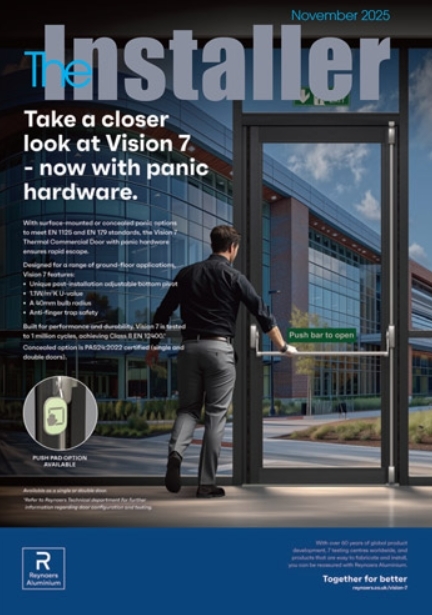
.jpg)
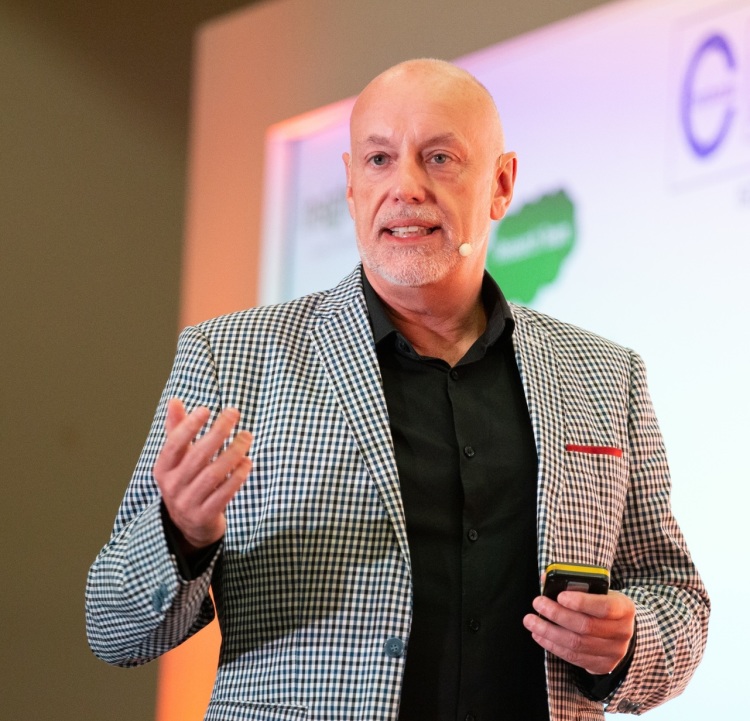


.png)
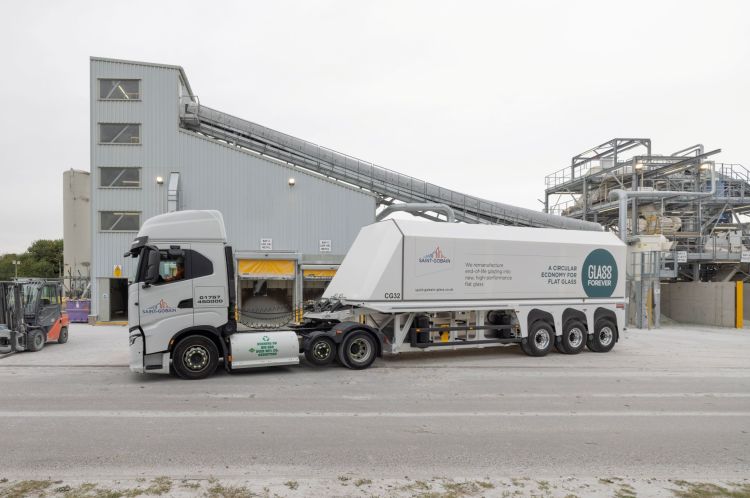
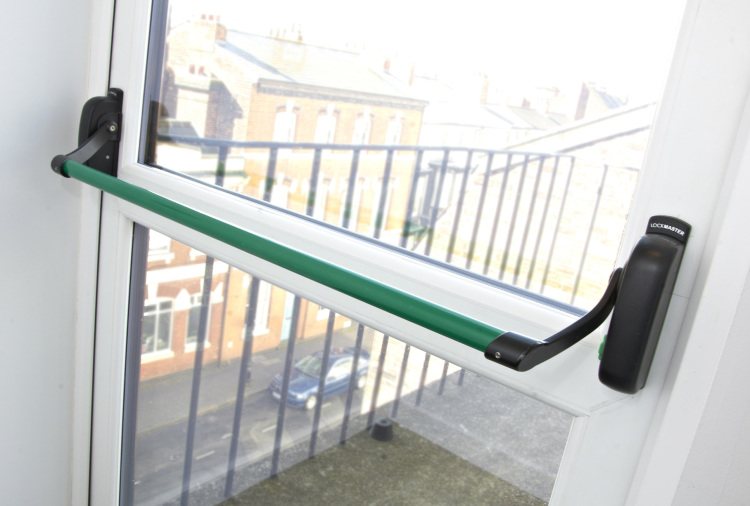

.jpg)
